
Under the Sea at Miyajima Aquarium in Hiroshima
Aug 30, 2023 By Jade Brischke
Hiroshima is famous for having access to both the mountains and the ocean and, as a result, has bountiful produce to eat as you enjoy the scenery. Miyajima Aquarium is...[ Click to read more ]
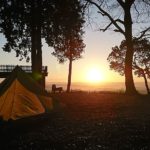
Getting in Tents: Camping Around Hiroshima
Jul 22, 2023 By Bert Wishart
Finally, the heat and humidity of the summer have dissipated, and we can all get outside and enjoy the fresh air without losing half our body weight to sweat! This...[ Click to read more ]

Martial Arts Classes in Hiroshima
Jul 20, 2023 By Justin Hanus
Martial arts offer the chance to delve into some of the finer aspects of Japanese culture and tradition and provide the enjoyment of competitive sports and the opportunity for self-improvement....[ Click to read more ]

Nightlife in Hiroshima
Jul 19, 2023 By Justin Hanus
There’s plenty to do after hours in Hiroshima if you fancy letting your hair down. If you don’t feel like winding down right after your evening meal, check out the...[ Click to read more ]

Things to Do in the Fishing Town of Tomonoura
Jun 28, 2023 By Justin Hanus
Although it’s only a small fishing town, Tomonoura has plenty to offer visitors. An important port for centuries, it has recently become a popular filming location. Plus, if you watched...[ Click to read more ]
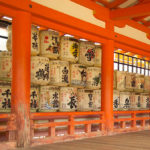
Breweries in Hiroshima
Jun 28, 2023 By Justin Hanus
Fancy a tipple while learning a bit about how what you're consuming is made? Then head along to one of Hiroshima's many breweries! The prefecture is famed for its unique-tasting...[ Click to read more ]
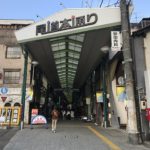
Best Shopping Spots in Hiroshima
Jun 28, 2023 By Justin Hanus
From bustling high streets crammed with retailers to stylish shopping malls with dining and entertainment options, there is no shortage of shopping options in Hiroshima. The city center is home...[ Click to read more ]
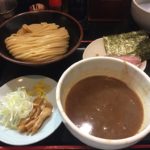
Street Food in Hiroshima
May 19, 2023 By Justin Hanus
Japan is one of the world's best locations for food, home to more Michelin-star restaurants than any country except France. One of the great things about Japanese food is that...[ Click to read more ]
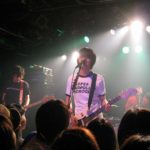
Live Music Venues in Hiroshima
May 19, 2023 By Justin Hanus
Hiroshima doesn’t have the live music culture you get in cities such as Tokyo or Osaka, but a fair bit goes on to please gig-goers and a mix of different...[ Click to read more ]
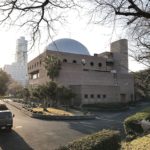
Top Museums to Visit in Hiroshima
May 19, 2023 By Justin Hanus
As a place with a significant history, it should be no surprise that Hiroshima has many fascinating museums. In addition to learning about different historical periods, you’ll enjoy artwork, see...[ Click to read more ]
